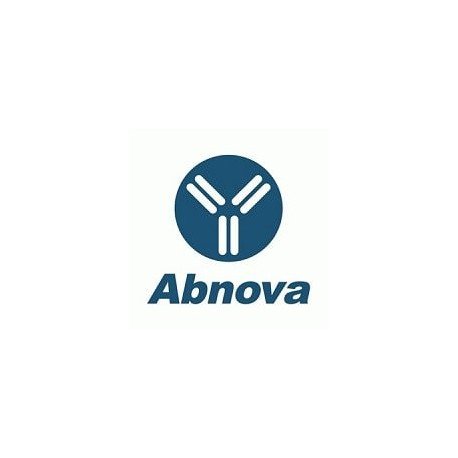Cart 0 Product Products (empty)
No products
To be determined Shipping
0,00 € Total
Prices are tax excluded
Product successfully added to your shopping cart
Quantity
Total
There are 0 items in your cart. There is 1 item in your cart.
Total products (tax excl.)
Total shipping (tax excl.) To be determined
Total (tax excl.)
Data sheet of PLXNA1 polyclonal antibody
| Brand | Abnova |
| Product type | Primary antibodies |
| Reactivity | Human,Mouse,Rat |
| Host species | Rabbit |
| Applications | WB,ELISA,ICC,IF |
More info about PLXNA1 polyclonal antibody
| Brand: | Abnova |
| Reference: | PAB7890 |
| Product name: | PLXNA1 polyclonal antibody |
| Product description: | Rabbit polyclonal antibody raised against synthetic peptide of PLXNA1. |
| Gene id: | 5361 |
| Gene name: | PLXNA1 |
| Gene alias: | NOV|NOVP|PLEXIN-A1|PLXN1 |
| Gene description: | plexin A1 |
| Immunogen: | A synthetic peptide corresponding to the semaphorin domain in human PLXNA1. |
| Form: | Liquid |
| Recommend dilutions: | ELISA (1:2000) Immunocytochemistry (1:50) Western Blot (1:500) The optimal working dilution should be determined by the end user. |
| Storage buffer: | In PBS (50% glycerol, 1 mg/mL BSA, 0.05% sodium azide) |
| Storage instruction: | Store at -20°C. Aliquot to avoid repeated freezing and thawing. |
| Quality control testing: | Antibody Reactive Against Synthetic Peptide. |
| Note: | This product contains sodium azide: a POISONOUS AND HAZARDOUS SUBSTANCE which should be handled by trained staff only. |
| Product type: | Primary antibodies |
| Host species: | Rabbit |
| Antigen species / target species: | Human |
| Specificity: | This sequence is highly conserved in rat and mouse Plexin-A1, and has low homology to other Plexin family members. |
| Reactivity: | Human,Mouse,Rat |
| Application image: |  |
| Application image note: | Immunocytochemical labeling using PLXNA1 polyclonal antibody (Cat # PAB7890) in COS-7 cells mock transfected (A) or transfected with Myc-tagged mouse PLXNA1 construct (B). The specificity of the binding in (B) was demonstrated by using PLXNA1 peptide in the presence of PLXNA1 polyclonal antibody (Cat # PAB7890) (C). |
| Applications: | WB,ELISA,ICC,IF |
| Shipping condition: | Dry Ice |
| Publications: | Plexins are a large family of receptors for transmembrane, secreted, and GPI-anchored semaphorins in vertebrates.Tamagnone L, Artigiani S, Chen H, He Z, Ming GI, Song H, Chedotal A, Winberg ML, Goodman CS, Poo M, Tessier-Lavigne M, Comoglio PM. Cell. 1999 Oct 1;99(1):71-80. |


